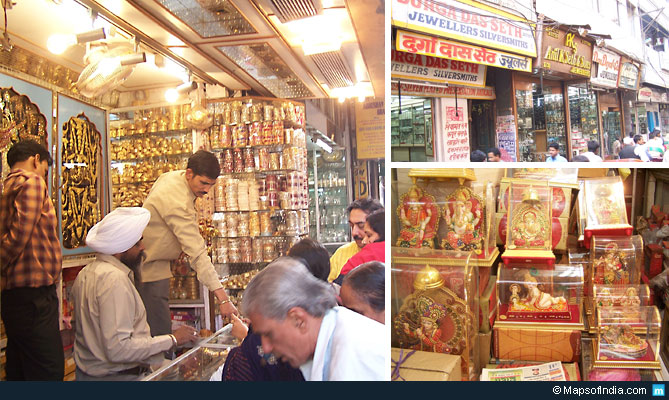Gold has never faded out of its nature, considering its history and culture in India. It is a popular ornament that is being used on different occasions. Its auspiciousness, uniqueness and significance make a person extremely careful while purchasing it.
The Indian government has announced its new move to make hallmarking of gold jewellery compulsory from June 16, 2021, onwards. This comes after two decades of hallmarking gold voluntarily. But what does the hallmarking of gold jewellery mean? First, let us understand this article.
The process of applying a mark to pieces of metals such as platinum, gold, palladium for certifying its purity and suitability is known as hallmarking. The Bureau of Indian Standards (BIS) issues a certificate regarding the same, and it is the only agency which the government approves of India.
According to BIS, hallmarking refers to “accurate determination and official recording of the proportionate content of precious metal in precious metal articles.” It is permitted on 14-, 18- and 22-carat gold jewellery, including 20, 23 and 24-carats.
The hallmarking scheme has come into effect in a phased manner. Jewellers must be enrolled to sell hallmarked jewellery so that buyers can make informed and credible choices. Only 30% of gold jewellery is hallmarked in the country, which has a massive consumption of this ornament.
Director-General, BIS, Pramod Kumar Tiwari, said, “This is a massive change that is happening in the ecosystem of the industry. There are lakhs of jewellers, including small jewellers, who have to register themselves and get accustomed to the new system. It takes time. We have told jewellers not to be scared of the new system. Make best efforts to adopt.”
On June 14, 2018, the government mentioned two categories under the subject “hallmarking”, namely gold jewellery/gold artefacts and silver jewellery/silver artefacts. The Ministry of Consumer Affairs, Food and Public Distribution said that “based on extensive consultations with stakeholders”, in phase one, the compulsory hallmarking process will begin for 256 districts in the country.
It is primarily done to satisfy customers with improved credibility performance as well the jewellers’ sales. Minister for Consumer Affairs, Food & Public Distribution, Railways and Commerce & Industry, Piyush Goyal, said it is good for customers and businesses.
Of the 4 lakh jewellers in India, 35,879 have been BIS-certified, said the World Gold Council. The number of hallmarking centres has increased from 454 to 945, and these centres can hallmark 1500 articles a day.
The central government has given two months to jewellers for enabling the hallmark on their ornaments at their shops/showrooms, and they will not be penalised until August this year. It had started in November 2019 that hallmarking of gold jewellery would be made compulsory from January 15, 2021, onwards.
Who all have been exempted from the mandatory hallmarking scheme?
- Jewellers who have an annual turnover of up to ₹40 lakh.
- According to the Trade Policy of the Government of India, export and re-import of jewellery.
- Fountain pens, Watches and special types of jewellery such as Kundan, Jadau and Polki.
What should one look for while buying gold?
- BIS Hallmark.
- Purity in Karat and fineness (corresponding to given Karatage KT): 22K916 (91.6% Purity), 18K750 (75% Purity) and 14K585 (58.5% Purity).
- Assaying & Hallmarking Centre’s mark.
- Jeweller’s unique identification mark.
